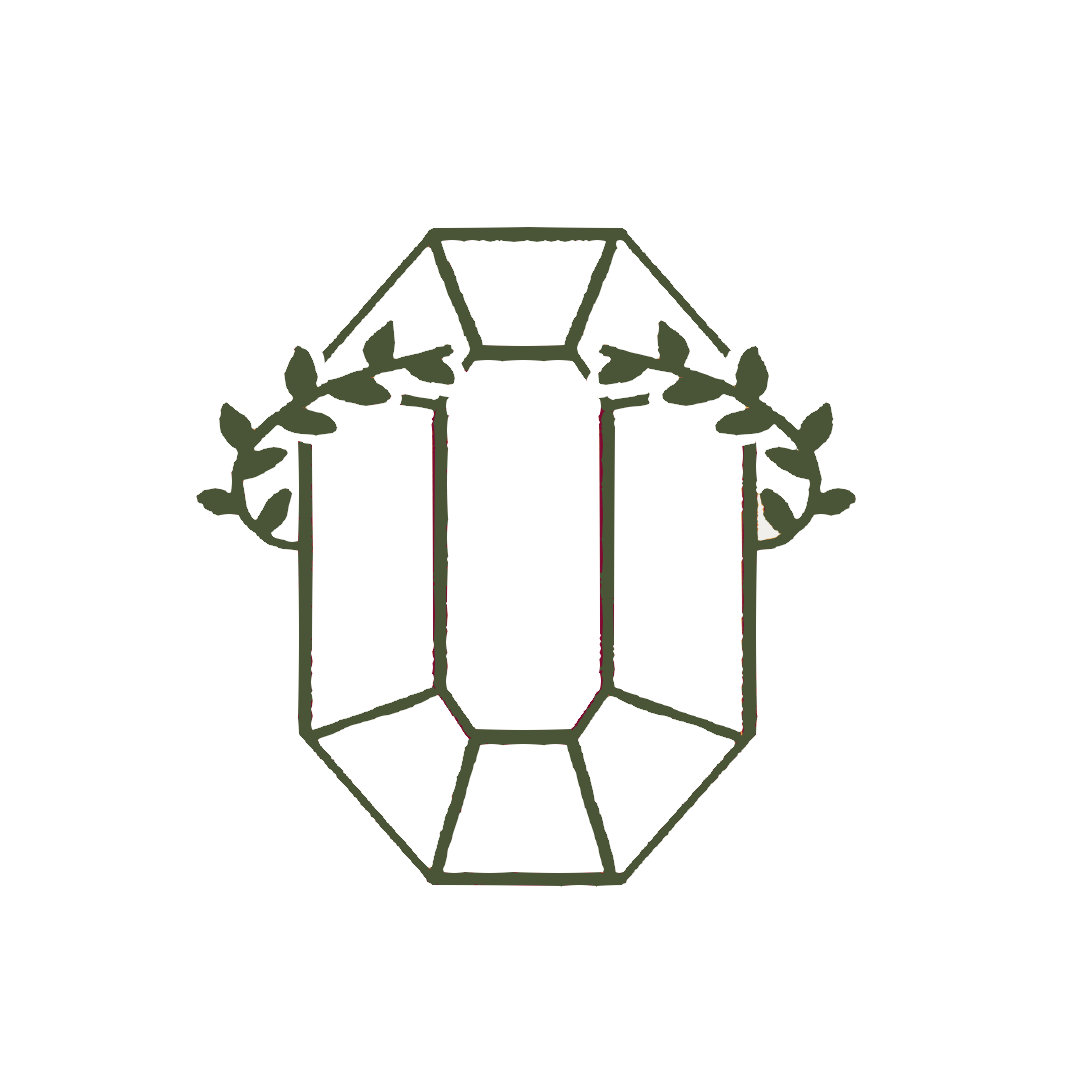As a child of the early aughts, my generation is often credited as patient zero of the chronically online teenager pandemic, to which I must say: fair enough. Raised by Gen X parents, I wasn’t even aware of the Internet until about fourth grade, when I was introduced to Cool Math Games and my life changed forever, but there was never a time where the Internet did not exist in my periphery. Still, by the time I was given free reign of the web (meaning Pinterest, YouTube, and the first page of Google) I was already in high school, and it was then that I had my first encounter with the world of Alternate Reality Games. “Max2019,” also as “SexyGirlMax2019,” began with a Tumblr pornbot messaging multiple accounts with the phrase “hey peebrain—you teleport?” and variations (Femoids, 2018). What at first seemed like standard bot-generated gibberish quickly revealed itself to be an interactive story about a fifteen-year-old-girl and her guardian angel, Max. Naturally, I was in love.
In 2002, Sean Stacey, under the username “SpaceBass,” created UnFiction, a website and forum dedicated to documenting and discussing Alternate Reality Games. Stacey defines an Alternate Reality Game (ARG) as “an interactive fusion of creative writing, puzzle-solving, and team-building, with a dose of role playing thrown in” and adds that the reward for playing the game is usually the story itself (Stacey, n.d.). ARGs often take place over the Internet, using email, social media posts, online videos, texts, and so on, but they don’t have to: physical media such as flyers and newspaper clippings can just as easily play a role. A key factor—the “Alternate Reality” part of the game—is in the atmospheric and stylistic choice to treat the events of the story as if they were real. The Blair Witch Project’s marketing campaign notoriously framed the film’s conceit as fact, using missing posters of the yet-unknown cast members and television broadcasts “perpetuating the myth” of the found footage to garner interest (Hayes & Graser, 2000).
There has been some discussion as to what the first ARG actually was, but there is no doubt that the genesis of the Internet saw a meteoric rise in the medium’s popularity. As you begin to dig deeper into the world of unconventional and web-based storytelling, though, the distinctions between genres get, well, less distinct: analog horror, found footage, alternate reality games, interactive fiction, viral marketing, new media storytelling—what do each of these subgenres constitute, and are they subgenres at all, or merely offshoots of a broader umbrella term? These questions gave rise to “unfiction” as an all-encompassing label. The term un-fiction is to fiction as the term un-dead is to death—it isn’t fiction, and it isn’t dead, but it also isn’t not either of those things. Using the title of Stacey’s site creates a gray area, a space somewhere between or outside of the true and invented, in much the same way that the Internet itself blurs the lines between reality and fantasy. Existing as it does largely online, the unfiction genre often tackles themes of loneliness, death, isolation, and connection; perfect messages for a humanity grappling with the implications of a new digital age. Some of the most memorable unfiction stories I have encountered follow this trend: hiimmarymary, Petscop, I Am Sophie, This House Has People In It, TheSunVanished, Daisy Brown, Alan Tutorials, Teletubbies Updates, Omega Mart—to name a few. Many of them began with people messing around out of boredom and evolved into an organic storytelling medium accessible to just about anybody.
When future generations look back on our present and identify a defining essence or zeitgeist for the time, I think it will be this: undefined space, a new and frightening technology, unprecedented documentation of the lives of individuals, new ways to connect, new ways to self-isolate. The Internet, however we interact with it, becomes our social identity. We create alternate selves online, project and observe our own lives, and, in many cases, after we die or leave, our online profiles remain up, creating a virtual graveyard soon to be populated by billions. And despite our parents’ insistence that nothing on the Internet is ever truly gone, a lot of what we accept as our daily reality will become lost media. In researching my own introduction to the genre, “SexyGirlMax2019,” I found that many parts to the story I once held so dear were either broken, removed, or scrubbed clean of anything to do with the story itself. Some of it wasn’t even available on archival sites like the Wayback Machine, despite the project’s extensive coverage online. There’s a loss to that, but also this profound sense of having been part of something special, one-of-a-kind. For wherever something as extraordinary as the current genesis of the Internet occurs, stories are sure to follow. And, in an era of increasing isolation and artifice, these stories stand out as the one true means for genuine connection.
Bibliography
Femoids. (2018, June 20). By far the scariest message i’ve gotten from a porn bot blog. Www.tumblr.com. http://femoids.tumblr.com/post/175081608632/by-far-the-scariest-message-ive-gotten-from-a
Hayes, D., & Graser, M. (2000, March 2). “Witch” hunting. Variety. https://variety.com/2000/film/news/witch-hunting-1117778984/
Stacey, S. (n.d.). unfiction.com» history. Unfiction.com. https://www.unfiction.com/history/

Leave a Reply